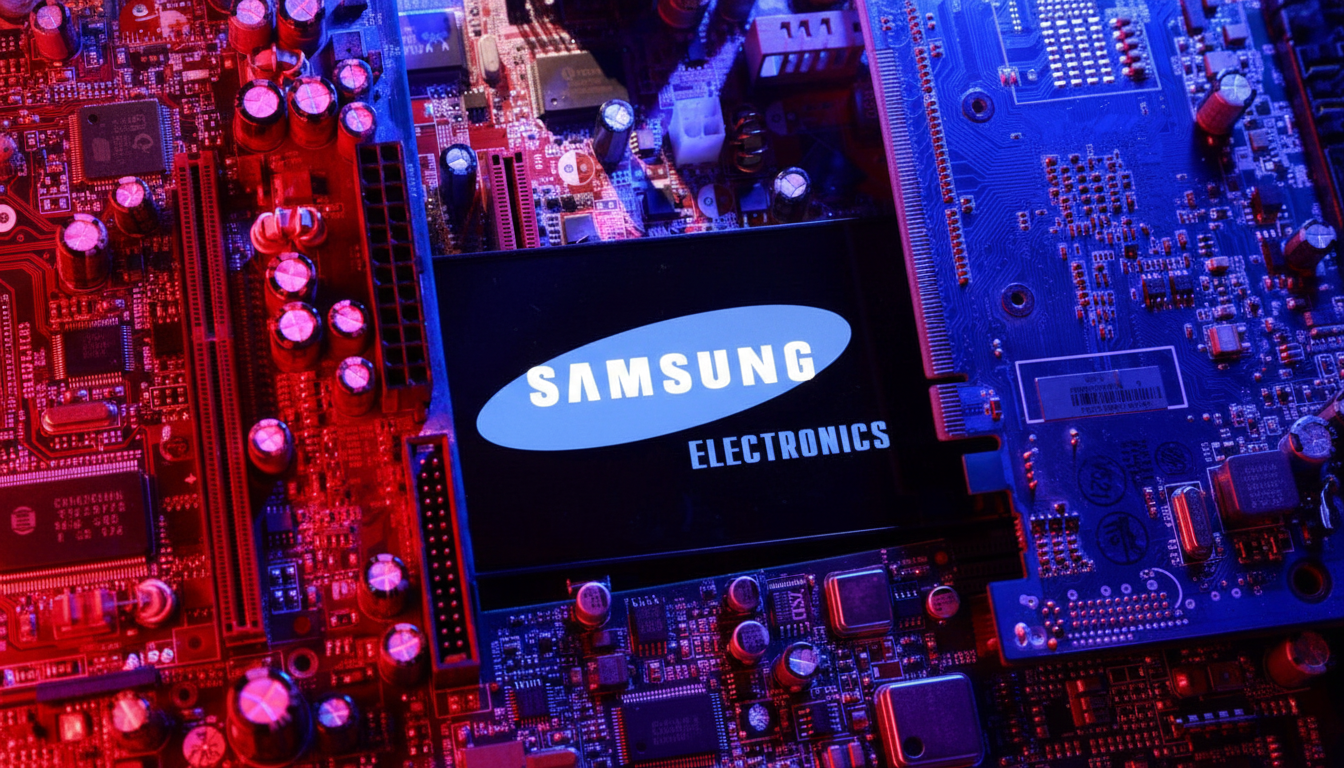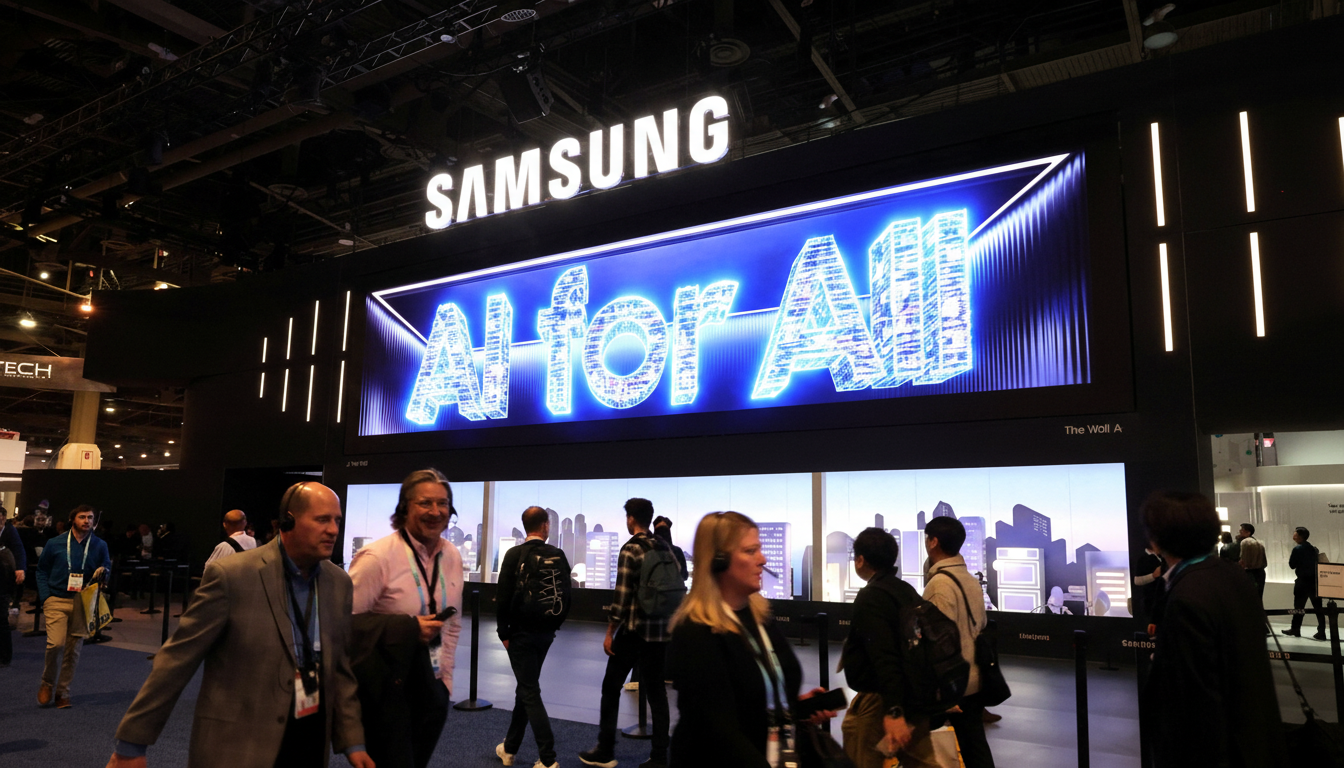Your next smartphone may be a bit pricier, and you can partially blame the artificial intelligence boom for it. Samsung is considering price hikes over segments of its lineup as memory costs spike, the South Korean business daily Hankyung reported. As component inflation ripples through the supply chain, rival brands are already nudging prices up, increasing the chances that a larger wave of hikes is on the way.
It’s not some fancy new camera or a titanium frame. It’s memory. AI’s hunger for high-bandwidth memory in data centers is starving the rest of the market for DRAM, and that imbalance is showing up in phone bills.

AI Is the Reason Phone Memory Supply Is Tight
AI models require enormous amounts of bandwidth to both train and run, and that has turbocharged demand for the high-bandwidth memory (HBM) that runs alongside accelerators from Nvidia and others. Industry trackers say HBM now carries far higher margins than traditional DRAM, incenting chip makers like Samsung, SK hynix and Micron to give it priority.
That transfer isn’t only confined to wafer starts; it also includes packaging and engineering resources. HBM needs fine-pitch stacking and through-silicon vias, which lock up capacity and manpower that could be utilised for standard DRAM production. TrendForce has also observed HBM’s share of the DRAM industry revenue rising sharply, which is an indicator that production emphasis is shifting toward data-center silicon rather than consumer memory.
Meanwhile, smartphones themselves are doubling down on AI. On-device features including generative editing, live transcription and semantic search all push system RAM requirements higher. As for Android phones, 8GB has emerged as the standard starting point for plenty of midrange models and flagships frequently come with 12GB or more. In other words, just as supply tightens, demand per device is increasing.
The Ripple Effect on Smartphone Prices and Costs
Memory is the most wobbly line item in a phone’s bill of materials. When prices of both DRAM and NAND rise, it can lead to a total hardware cost increase in the double digits, especially for models with higher RAM and storage tiers. The trend of overall DRAM price hikes is expected to continue through 2024 and into 2025 as inventories return to normal levels, with AI demand plugging the gap.
Phone manufacturers have two unpalatable options: absorb the cost or pass it on.
Reuters reported this week that Xiaomi bumped new model pricing, due to unanticipated memory cost jumps; nominal MSRP adjustments across high-volume SKUs can help recover millions in added component spend. The report from Hankyung that Samsung is considering price hikes — especially in lower- and mid-tier devices where profits are slimmest — is another indication that brands appear to be leaning toward passing charges on.

There’s also a timing factor. A significant portion of memory contracts are renegotiated on a quarterly basis, so you see the impact of a sustained uptick in one or more product cycles. If you’ve observed fewer rock-bottom prices on high-capacity models recently, that’s no coincidence; supply is scarce and every extra gigabyte comes at a price.
Mid-Range Buyers May Start to Feel the Pinch First
Flagships have room to wiggle: High-end buyers will put up with price creep if a device looks or behaves exactly the way they want it to. The mid-range is different. If memory remains dear, brands are left with these tough trade-offs — cut RAM and storage, postpone AI features that demand more headroom or increase prices. Count on some of all three, and regional strategies that favour higher-margin markets.
Real-world examples are already emerging. Xiaomi’s newest Redmi K-series addition came to the Chinese market at a slightly higher price than its predecessor and component prices played a big role. If contracts roll over with higher memory rates, similar realignment in other value-focused lines wouldn’t be shocking.
Can Memory Supply Catch Up with Accelerating AI Demand
Don’t expect relief tomorrow. Both SK hynix and Micron have stated that HBM capacity is effectively sold out well into 2025, and expanding production takes time: new equipment, higher-yield processes, and complex packaging ramps. Industry scuttlebutt has it the pinch could last for at least two more years, particularly if cloud companies continue to scale up AI workloads.
And if DRAM wafer capacity does increase, demand per smartphone is probably not going to retreat. Thanks to advancing on-device AI frameworks, the bottom line for RAM in mid-tier phones will only grow. That would mean any supply improvements may be matched with richer memory configurations, maintaining pressure on costs.
What You Can Do as a Smartphone Buyer Right Now
If you’re eligible for an upgrade, it may make sense to jump a bit earlier — before new-contract pricing flows through additional 2025 launches. Keep an eye out for carrier promos and last-year flagships, which can offer solid value with plenty of RAM and storage. If you find yourself deciding between tiers, consider how much storage at the top end you actually need; cloud offloading and local backups can spread a lower-capacity model further.
The upshot: AI is reshaping what our phones can do, but the infrastructural cost of that revolution is landing in surprising new places. Until memory markets stabilize, sticker shock could be part of the upgrade process.

